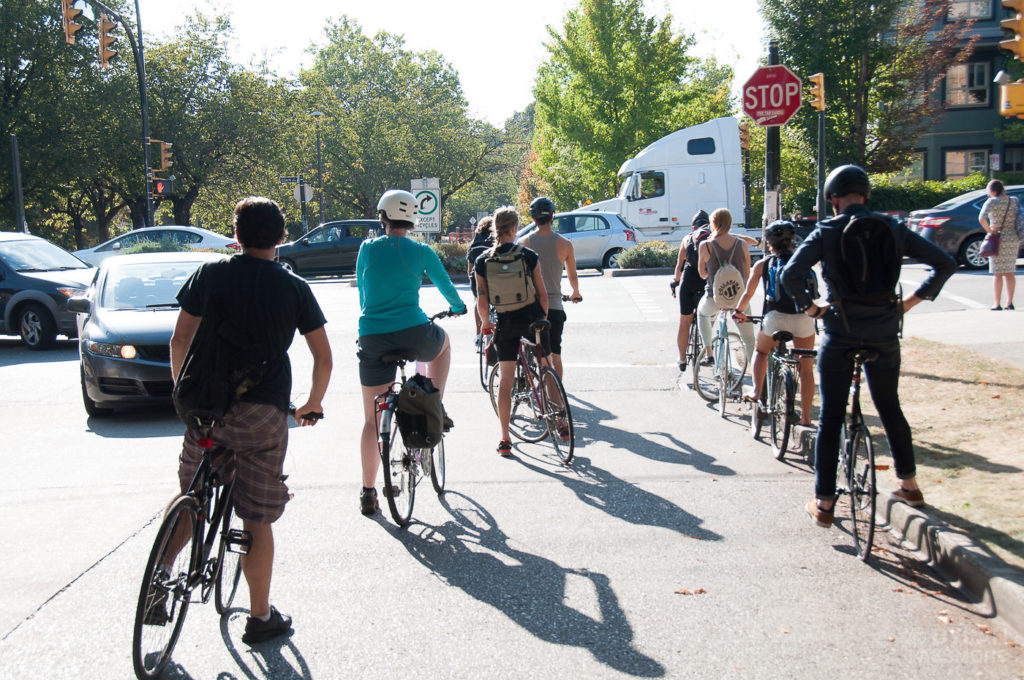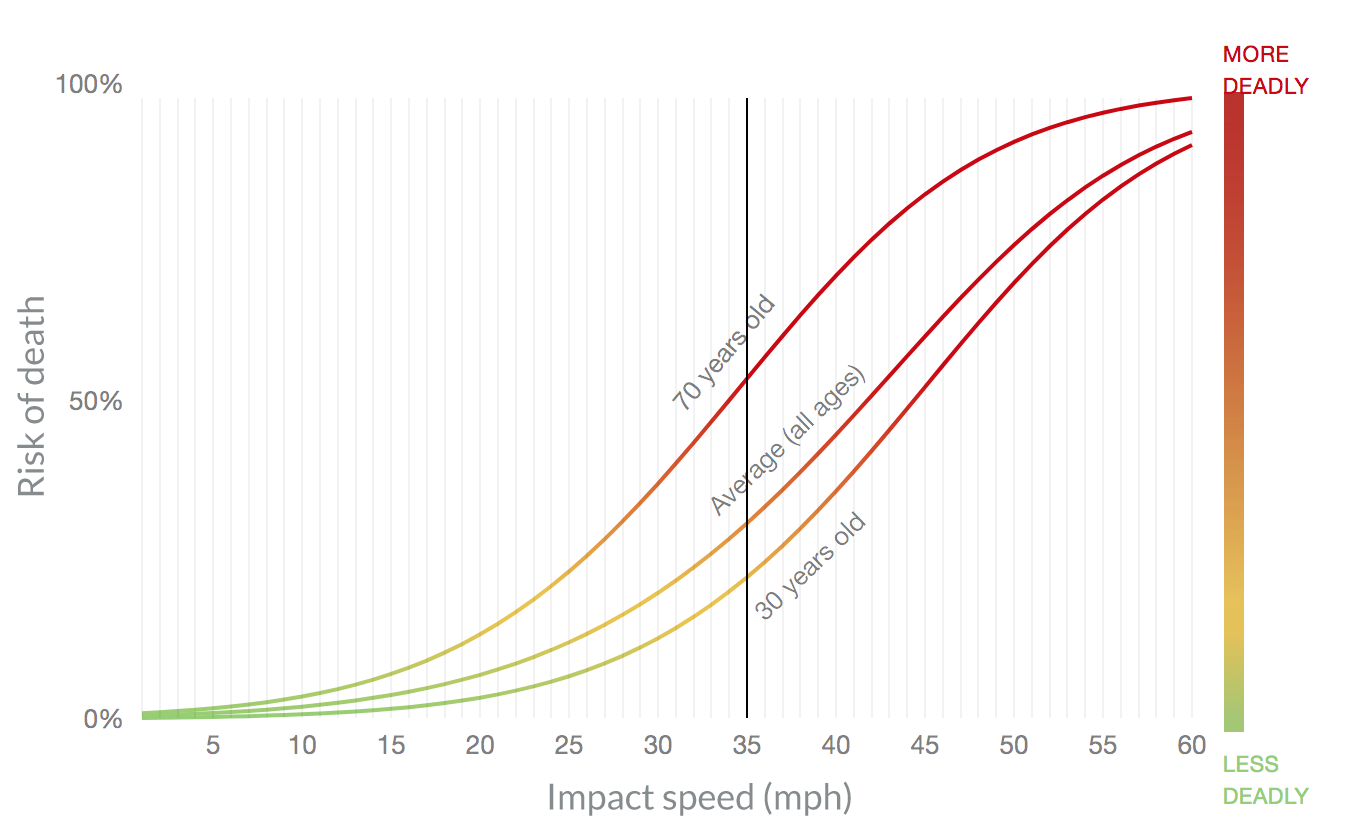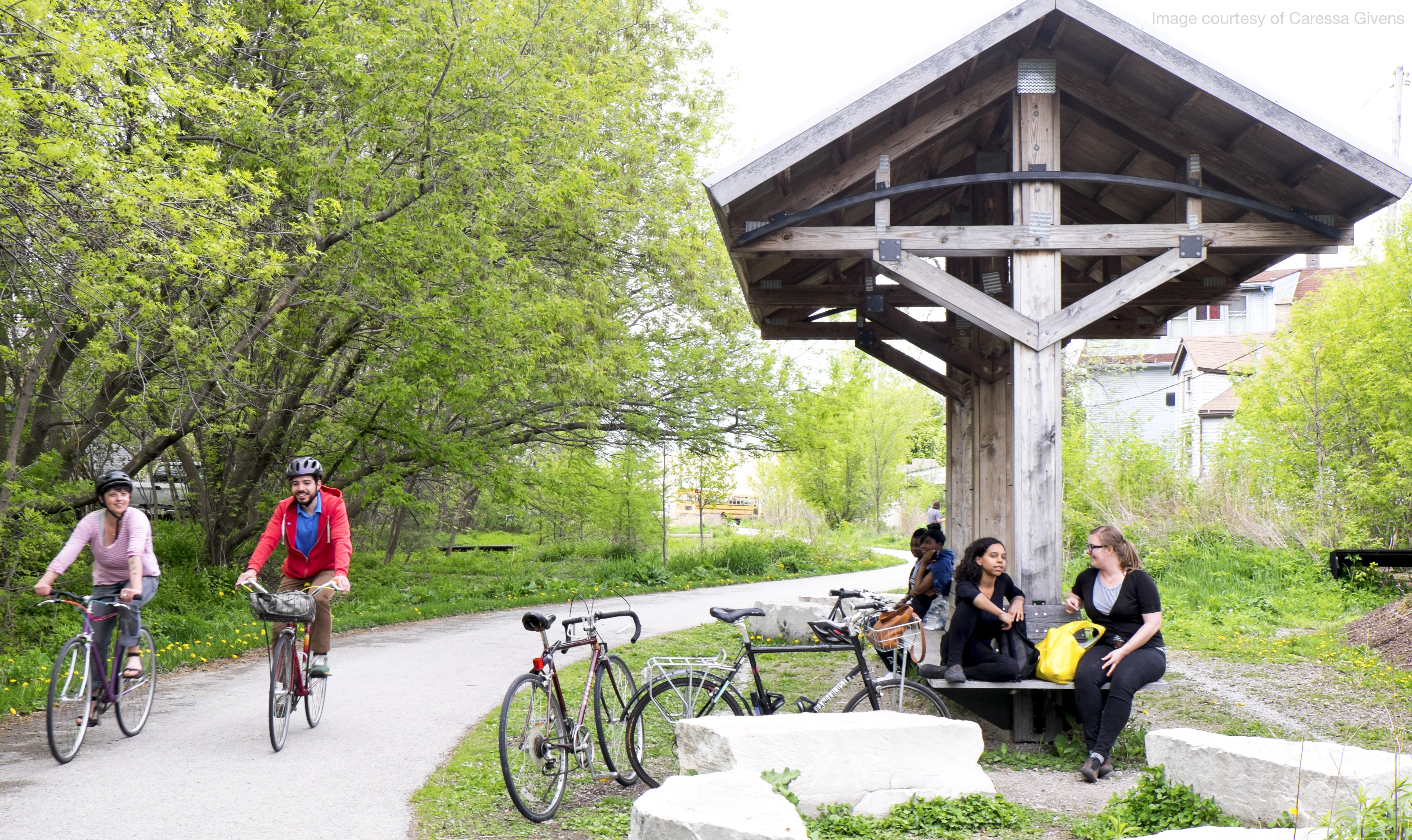Durham, NC: Combining Vision Zero and Complete Streets to reach ambitious safety goals
October is National Pedestrian Safety Month, a time to recognize the numerous dangers, indignities, and inconveniences that pedestrians face every day in this country. It is also a time to imagine and plan how to do things differently. One city that is taking steps toward becoming a better place for pedestrians is Durham, North Carolina.



